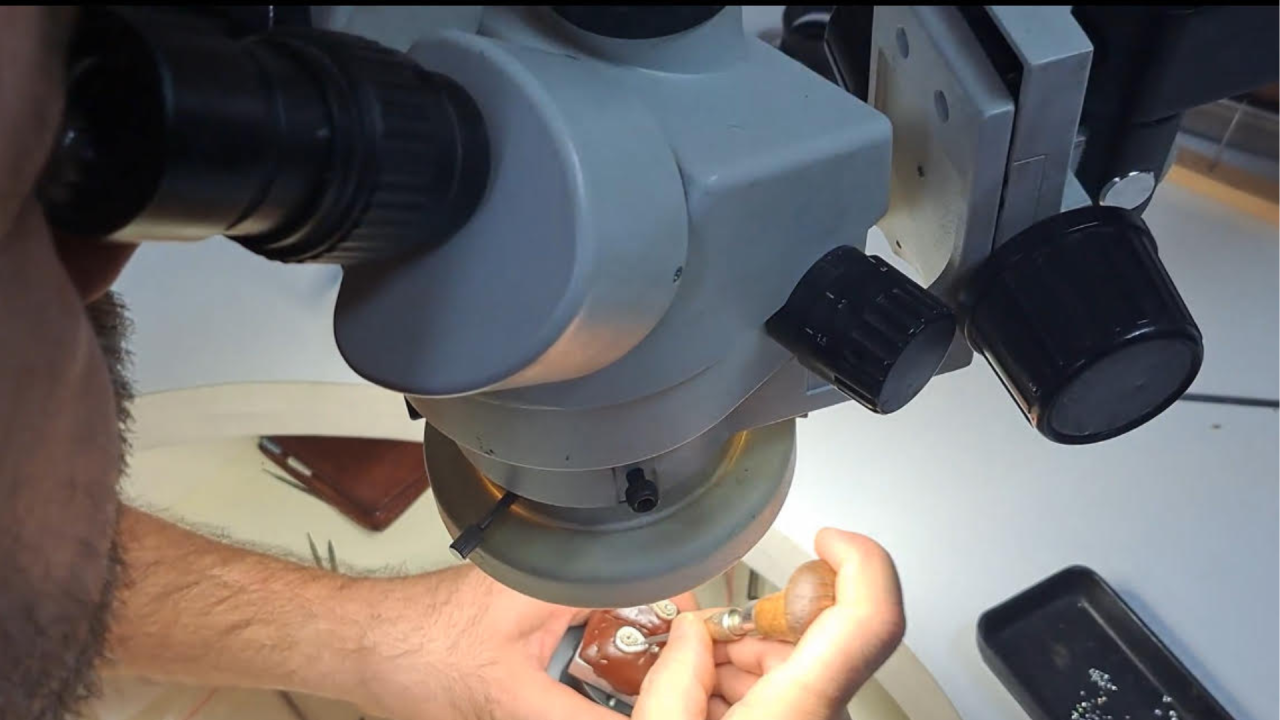priceless-stories.org – The natural world is teeming with life, much of which is too small for the naked eye to see. Among these microscopic marvels are tiny insects, creatures that, despite their small size, play significant roles in ecosystems around the globe. These micro marvels are not just fascinating for their diminutive stature but also for their complex behaviors, intricate life cycles, and vital ecological functions.
The Diversity of Tiny Insects
Tiny insects come in a bewildering array of shapes, sizes, and species. From the minute fairyflies, some of which are less than 0.2 millimeters long, to the slightly larger but still diminutive aphids and thrips, the diversity of these insects is astounding. Each species has adapted to its environment in unique ways, from the specialized mouthparts of certain mites that allow them to feed on plant sap to the winged stages of some insects that enable them to disperse to new habitats.
The Role of Tiny Insects in Ecosystems
Despite their small size, tiny insects are crucial to the health of ecosystems. Many act as pollinators, facilitating the reproduction of countless plant species. Others are predators, feeding on pests that could otherwise devastate crops or natural vegetation. Some tiny insects are decomposers, breaking down organic matter and recycling nutrients back into the soil. Without these micro marvels, many ecosystems would collapse.
The Life Cycles of Tiny Insects
The life cycles of tiny insects are often as fascinating as their adult forms. Many undergo complete metamorphosis, with distinct egg, larval, pupal, and adult stages. This process allows for dramatic transformations, such as the caterpillar-to-butterfly metamorphosis, but on a much smaller scale. Other tiny insects have simpler life cycles, with less dramatic changes between juvenile and adult forms.
Challenges Facing Tiny Insects
Tiny insects face numerous challenges in their microscopic world. Environmental changes, such as habitat destruction and pollution, can devastate populations. Climate change also poses a threat, altering the timing of life cycles and disrupting the delicate balance of ecosystems. Additionally, the use of pesticides can have unintended consequences, harming beneficial insects along with pests.
Conserving Tiny Insects
Conserving tiny insects is essential for maintaining biodiversity and ecosystem health. Efforts to protect their habitats, reduce pollution, and use pesticides judiciously can help safeguard these micro marvels. Research into their life cycles and behaviors can also provide insights into how best to conserve them.
Conclusion
The world of tiny insects is a realm of wonder, filled with creatures that are both vital to ecosystems and fascinating in their own right. By exploring the lives of these micro marvels, we gain a deeper appreciation for the complexity and beauty of the natural world. As we continue to uncover the secrets of these diminutive creatures, we are reminded of the importance of protecting the biodiversity that sustains life on Earth.
